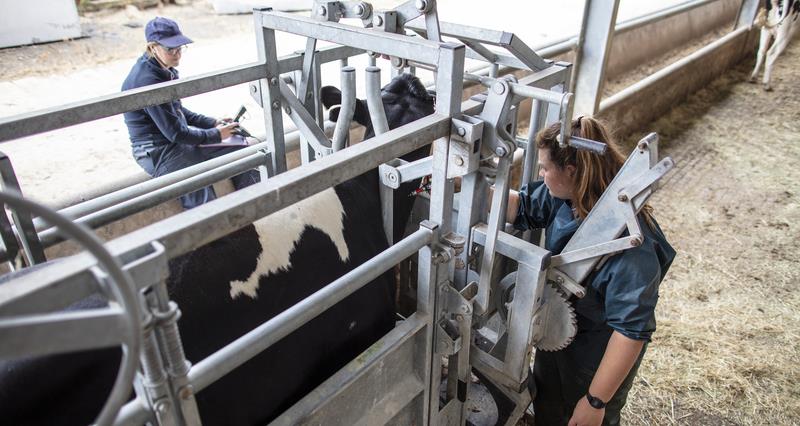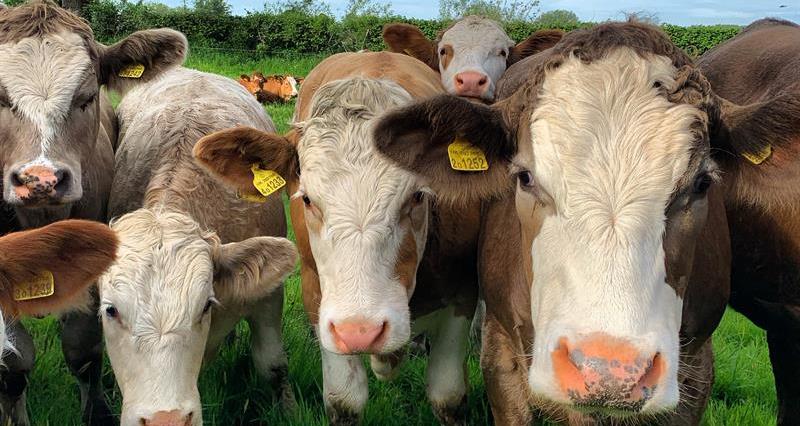For beef herds, this may also represent one of the few times throughout the year that the bull requires direct handling.
Incidents involving livestock are a major cause of fatal accidents in agriculture, and cause significant numbers of injuries that can often be life-changing or life-threatening.
No matter how well a handler knows their livestock, they need to be vigilant at all times. The following guidance should help when handling cattle:
- Allow plenty of time for moving and testing the cattle;
- Never handle the livestock alone;
- Ensure you have a working and appropriate crush and handling system, and that everyone knows how to use it;
- If possible, use times such as TB read day, where the cattle are already being put through the handling system, to complete other tasks such as applying wormers or fly treatments. This will reduce the number of times the cattle will have to be handled;
- Ensure those handling the cattle stay as calm as possible – cattle can pick up on emotions that could influence their behaviour;
- Handlers need to be aware of their own capabilities and adjust practices accordingly;
- Constantly monitor the cattle’s behaviour. If there is a change, allow the cattle to calm down and, if necessary, vacate the area before continuing with the task at hand.
We recognise that bulls are often too big to fit in a standard size crush. The following may make handling a bull easier:
- Keep the bull within the herd as much as possible;
- Hire a larger crush that will allow you to handle the bull more easily;
- Assemble the handling pen to allow the bull to be restrained here with minimal contact with handlers;
- If possible, familiarise bulls with handling, including halters, from a young age and consider nose rings for mature bulls.
- Handling bulls, however familiar, is never a time for complacency and keeping handlers and bulls separate should always be the priority.
Further guidance on cattle handling is available from the Health and Safety Executive: Handling and housing cattle | HSE



